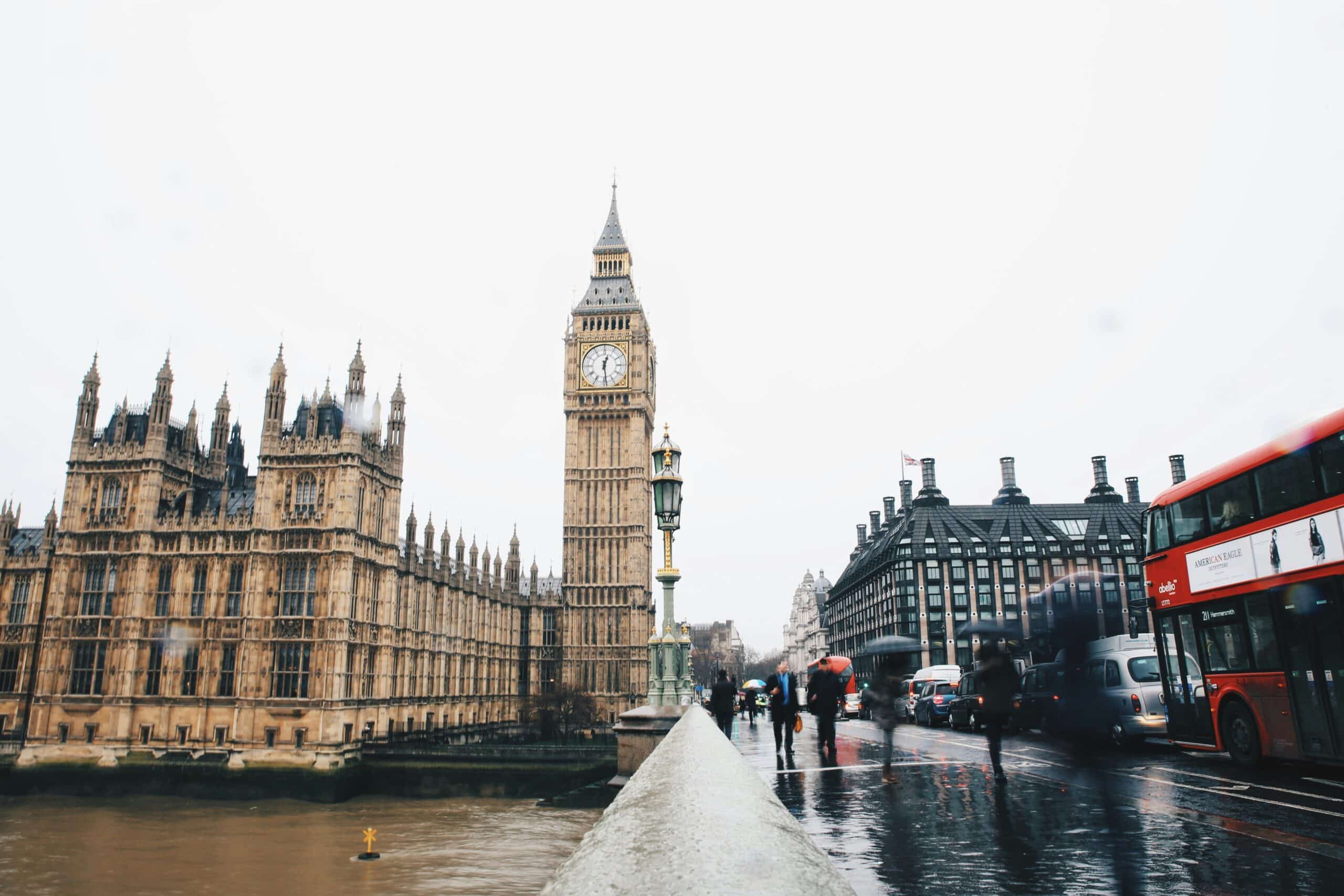Introduction
Inheritance Tax (IHT) can be tricky to understand, but its impact can mean less money ends up in the pockets of your loved ones.
Landlords face additional considerations and potential barriers when it comes to Inheritance Tax (IHT) planning. Whether you opt to retain, sell, or gift a property, tax liabilities can arise for buy-to-let landlords. Amidst various choices, it’s easy to overlook other methods to diminish the size of your overall estate as well.
The levels and bases of taxation and reliefs from taxation can change at any time. The value of any tax relief depends on individual circumstances.
At a glance
- You can reduce Inheritance Tax (IHT) or Capital Gains Tax (CGT) liabilities on your properties with careful planning and expert advice.
- Starting your estate planning in your 60s and 70s can make a real difference to your IHT or CGT tax bills, and mean you leave more to your loved ones.
- Bespoke trust solutions may help you reduce your estate for IHT purposes while retaining some form of access to your investments.
Trusts are not regulated by the Financial Conduct Authority.
Simplifying a daunting process
Upon your death, all your possessions, including savings, assets like property, ISAs, and shares, constitute your estate. Inheritance Tax is typically charged at 40% on assets outside of the Nil-Rate band of £325,000 per individual. When passing on your primary residence to your direct descendants, you may also benefit from the Residence Nil-Rate Band amounting to a further £175,000.
It’s evident how a property investor accumulating holdings over several years could surpass £2 million or more. Once your estate exceeds £2 million, some tax allowances are reduced or become unavailable for Inheritance Tax (IHT) purposes.
The levels and bases of taxation and reliefs from taxation can change at any time. The value of any tax relief depends on individual circumstances.
The first step in reducing your Inheritance Tax (IHT) liability is understanding how it operates. Everyone is entitled to a Nil Rate Band (NRB) threshold of £325,000. This threshold allows you to leave assets to ‘non-exempt’ beneficiaries, such as children, grandchildren, or other family members, without triggering IHT. However, if you leave more than this amount to non-exempt beneficiaries, IHT becomes payable on the excess.
If you pass away leaving your entire estate to a UK domiciled spouse or civil partner, it allows them to use any unused percentage of your NRB threshold upon their death. Consequently, they can leave assets up to 100% of the value of two unused NRB thresholds (currently £650,000) to non-exempt beneficiaries without incurring IHT.
Furthermore, if you leave your home to children or grandchildren, you may be eligible for an additional tax-free threshold called the Residence Nil Rate Band (RNRB), currently set at £175,000 for individuals. This threshold doubles to £350,000 upon the second death for married couples or civil partners who haven’t used any percentage of the RNRB on the first death.
Moreover, if you donate 10% or more of the net value of your estate to charity upon death, the rate of IHT applied to gifts exceeding the NRB to non-exempt beneficiaries is reduced from 40% to 36%.
The levels and bases of taxation and reliefs from taxation can change at any time. The value of any tax relief depends on individual circumstances.
If you pass away owning property, your beneficiaries will inherit the property without any historical capital gain, but it will still be considered part of your estate for Inheritance Tax (IHT) purposes. IHT is levied at a rate of 40%, so if you die with a property valued at £400,000, and the nil rate band has already been utilised, your beneficiaries may need to pay £160,000 to HMRC.
However, IHT becomes a more significant concern if the estate exceeds the nil rate band. In such cases, if you only own one or two buy-to-let properties along with few other assets, retaining the property may be advantageous.
The levels and bases of taxation and reliefs from taxation can change at any time and are dependent on individual circumstances.
If you sell a property that you’ve never lived in, it becomes subject to Capital Gains Tax (CGT) if its current value exceeds the purchase price. CGT is imposed on the gain or profit you’ve realised. For residential property, CGT rates are 18% for basic rate taxpayers and 24% for higher rate taxpayers. The rate of CGT payable will depend on your other income.
However, there are avenues to potentially reduce your CGT liability. If the property was your main residence at one point, you may qualify for Main Residence Relief, which can lessen the amount of tax owed. Additionally, any expenditure on renovations can be deducted from the sale price to calculate your net gain. Selling a property offers the opportunity to reinvest the proceeds, potentially leading to further growth in a more tax-efficient environment, including one with reduced Inheritance Tax (IHT) implications.
It’s crucial to note that if you sell or gift a property just before your death, both CGT and IHT may apply, affecting you and your family financially.
While investing sale profits into an ISA can offer tax benefits concerning income and capital gains tax, they are still considered part of your estate for IHT purposes upon your death. Pension funds, however, are generally excluded from your estate.
Ultimately, the outcome will hinge on your individual circumstances, such as age, health, and other factors. These decisions are among the most significant financial choices you’ll make in your lifetime, underscoring the importance of consulting a financial adviser to explore your options thoroughly.
The value of an investment with SJP will be directly linked to the performance of the funds you select and the value can therefore go down as well as up. You may get back less than you invested.
The levels and bases of taxation and reliefs from taxation can change at any time and are dependent on individual circumstances.
You have several options to gift money without it being included in the final calculation of your estate for Inheritance Tax (IHT) purposes.
Firstly, you can give away up to £3,000 each tax year, known as your ‘annual exemption’, in addition to the ‘small gifts exemption’ for making any number of small gifts up to £250 per person, to any number of individuals as long as you have not used another allowance on the same person. These gifts are exempt from IHT.
Furthermore, the £3,000 annual exemption can be carried forward for one tax year, allowing you to give away £6,000 in a single tax year if you made no gifts in the previous year.
Gifts exceeding the £3,000 allowance are still exempt from IHT as long as you survive for seven years after making the gift. However, gifts made within the seven years preceding your death will be added back into your estate, potentially using up some or all of your nil rate band. If the gift surpasses the nil rate band, some tax may be due. Nonetheless, if you survive the gift by at least three years, the amount of tax payable decreases on a sliding scale, meaning the longer you live, the less tax is owed. This approach not only supports your family during your lifetime but also reduces your IHT liability afterward.
Additionally, if one of your children or grandchildren is getting married, each parent or grandparent can gift up to £5,000 to the child or £2,500 to the grandchild. This gesture can provide a new marriage or civil partnership with a financial boost, aligning with your intentions.
Finally, gifts made regularly from surplus income are also exempt from tax, provided you can demonstrate that they do not impact your usual standard of living.
The levels and bases of taxation and reliefs from taxation can change at any time. The value of any tax relief depends on individual circumstances.
Many landlords consider gifting property during their lifetime as a strategy to reduce the size of their estate for Inheritance Tax (IHT) purposes.
If you don’t rely on the rental income from the property, an outright gift might be an option. This is known as a Potentially Exempt Transfer (PET). If you survive for seven years after making the gift, there will be no IHT to pay. However, once the property is gifted, you lose control and flexibility with no possibility of reversing the decision.
Gifting a property constitutes disposing of an asset, potentially triggering Capital Gains Tax (CGT) if the property has appreciated in value.
Alternatively, you could gift the property into a Discretionary Trust, offering more control. By transferring the property to such a trust, the transfer is a chargeable transfer for IHT, but you might qualify for a relief allowing you to defer CGT payment until the trustees sell the property. If you survive for seven years after making the gift, the property will not be considered part of your estate, resulting in no 40% IHT liability, similar to a Potentially Exempt Transfer.
Considering this option requires guidance from a financial adviser.
It’s important to note that when gifting any asset, you must survive for seven years. Failure to do so means the gift reverts to your estate, potentially leading to double taxation – CGT when making the gift and IHT upon death.
My properties are part of my retirement income – what happens if I give them away?
If you’re deriving income from your rental properties, or intend to do so in retirement, the situation becomes more intricate. If you gift the entire property – whether to your children or into a trust – while continuing to receive an income, it’s considered a Gift with Reservation. In this case, the property remains part of your estate despite the transfer.
However, there may be an option to gift only a portion of the property into a specialised trust, retaining the right to receive income without violating the gift with reservation rules. Seeking advice from a solicitor to determine whether a trust is suitable for your circumstances will ensure your financial plans align with your long-term goals.
There’s a limit of £325,000 that can be gifted into a lifetime trust within any consecutive seven-year period. Exceeding this threshold incurs a 20% IHT on the surplus. Additionally, if the property being gifted to the trust has appreciated in value since acquisition, you may also be subject to CGT.
Gifting and trusts can be highly advantageous and tax-efficient strategies for legacy planning. Trusts, in particular, offer versatility, but it’s essential to seek expert guidance and discuss your options with a financial adviser or solicitor before establishing a trust.
The levels and bases of taxation and reliefs from taxation can change at any time and are dependent on individual circumstances.
Trusts are not regulated by the Financial Conduct Authority.
The value of financial advice and IHT planning
Inheritance Tax (IHT) is a highly intricate area, and very few individuals are familiar with every rule, exemption, and allowance, or how to leverage them effectively.
Given that your assets may fluctuate in value over time, regular reviews of your financial situation are crucial as they will impact your IHT liability. Additionally, it’s advisable to consult with a financial adviser whenever you engage in property transactions or contemplate doing so. They can offer guidance to ensure that your choices are tax-efficient for both you and your beneficiaries.
Taking proactive steps in Inheritance Tax planning while you’re in good health enables you to create a more secure financial future for those you care about.
SJP Approved 21/05/2025






























